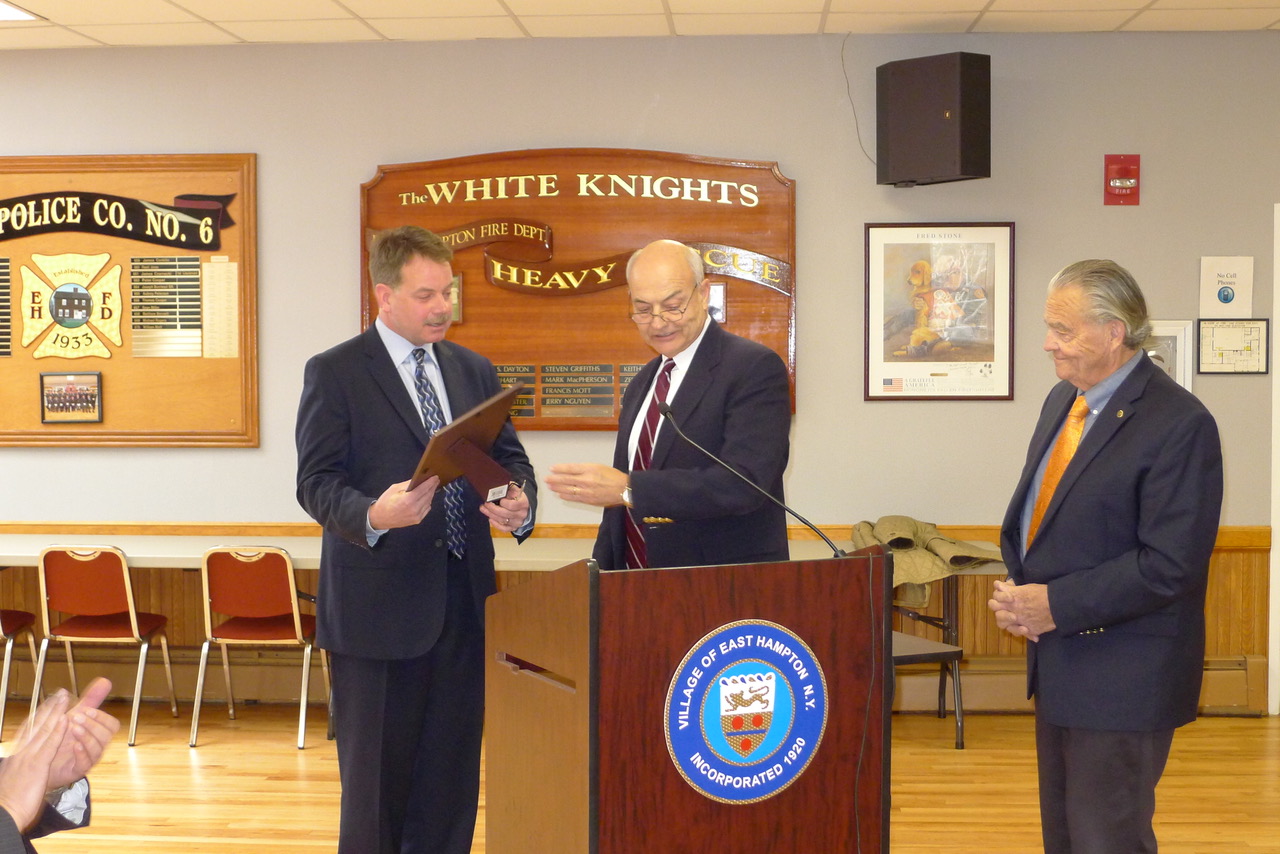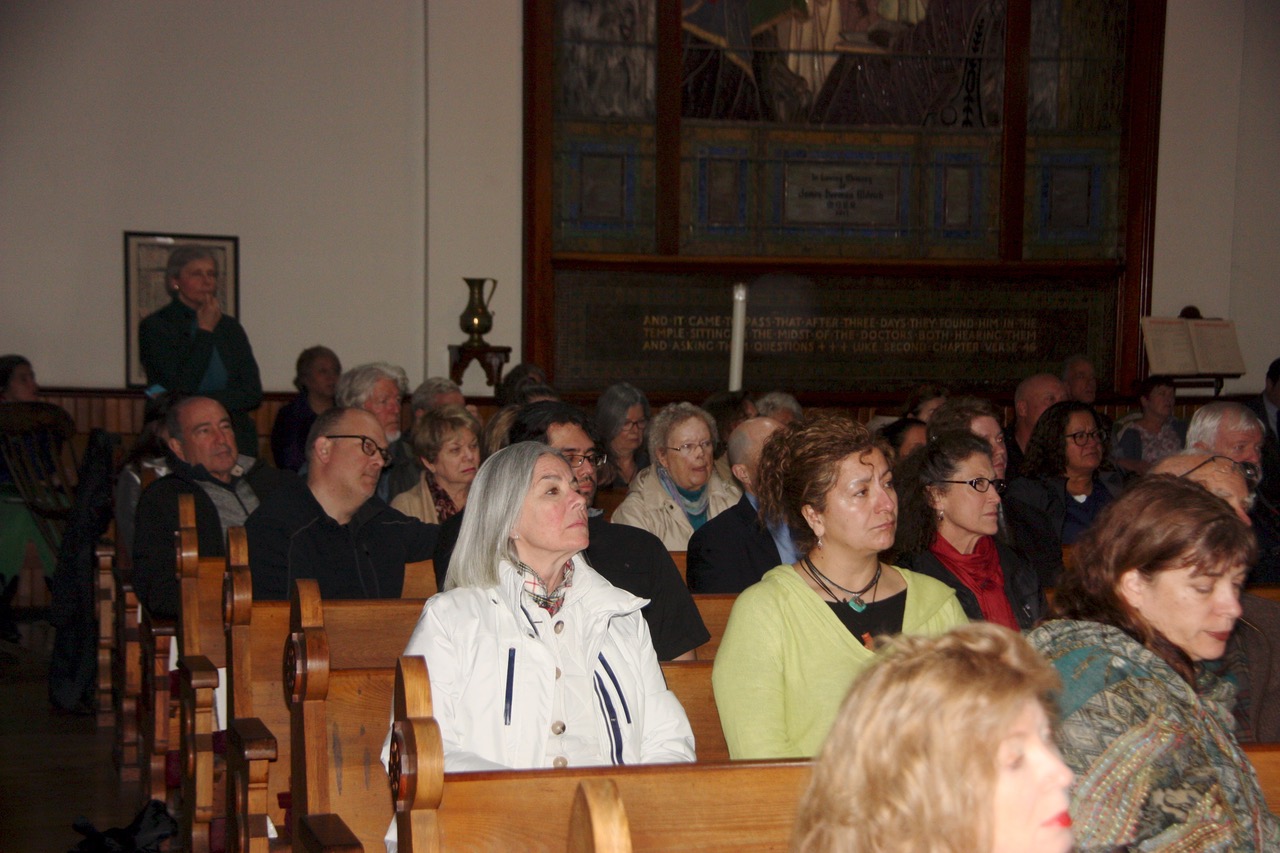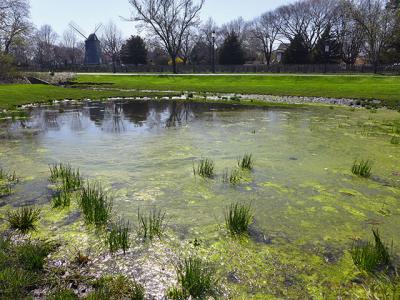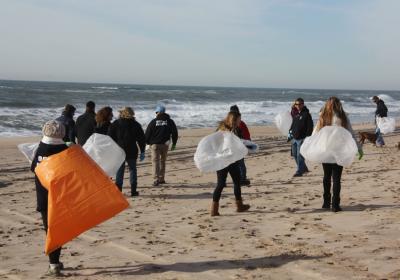Setback for Ex-Chief's Suit Against East Hampton Village
Setback for Ex-Chief's Suit Against East Hampton Village

A lawsuit filed by former East Hampton Village Police Chief Jerry Larsen against the village, Mayor Paul F. Rickenbach Jr., and Richard Lawler, a village board member, was dealt a setback by the New York State Supreme Court late last month.The suit, which was initiated in federal court in August of last year, claims that the mayor, who is a retired East Hampton Village police officer, and Mr. Lawler, also the village's police commissioner, abused their positions and violated the village's ethics code by prohibiting Mr. Larsen from taking outside security work in the village, while they were engaged in businesses that provided similar services. He is seeking damages and attorney's fees.As part of that suit, Mr. Larsen's attorneys filed a Freedom of Information Law request seeking documents relating to an investigation conducted in 2009 by the village board into the non-village employment and business activities of village employees. They were looking for communications from the board to employees, meeting minutes, and records of the outside employment of board members.It was in 2009, Mr. Larsen's suit alleges, that the mayor and the board directed the then-police chief to divest ownership in his security company, Protec, to refrain from doing business within the village or hiring any village employees, and to shut down the blood and alcohol-testing division of his company. The suit claims that between 2009 and 2010, Protec's gross profit decreased approximately 76 percent as a direct result of the restriction against doing business in the village.In response to the FOIL request, the village provided an array of documents, but omitted police officers' personnel records in accordance with a state law that requires that a police officer consent to or that a judge mandate such a release.Last September, Mr. Larsen's lawyers filed a petition known as an Article 78 proceeding to compel the release of the personnel files and it was that petition that was dismissed by Acting State Supreme Court Justice Court Martha Luft on April 26.Although the federal lawsuit is ongoing, the mayor on Friday released a pointed statement on the State Supreme Court's decision. "This was simply an attempt by a disgruntled and litigious former employee to discredit the policies and procedures that the village and every other municipality must adhere to when it comes to police personnel records," the statement read in part.James Wicks, an attorney for Mr. Larsen, also released a statement declaring that "this is a complex matter being litigated in both state and federal courts made necessary by Paul Rickenbach's pervasive conflict of interest." He added that in spite of the court's decision, "the village ultimately produced most of the records we sought."








